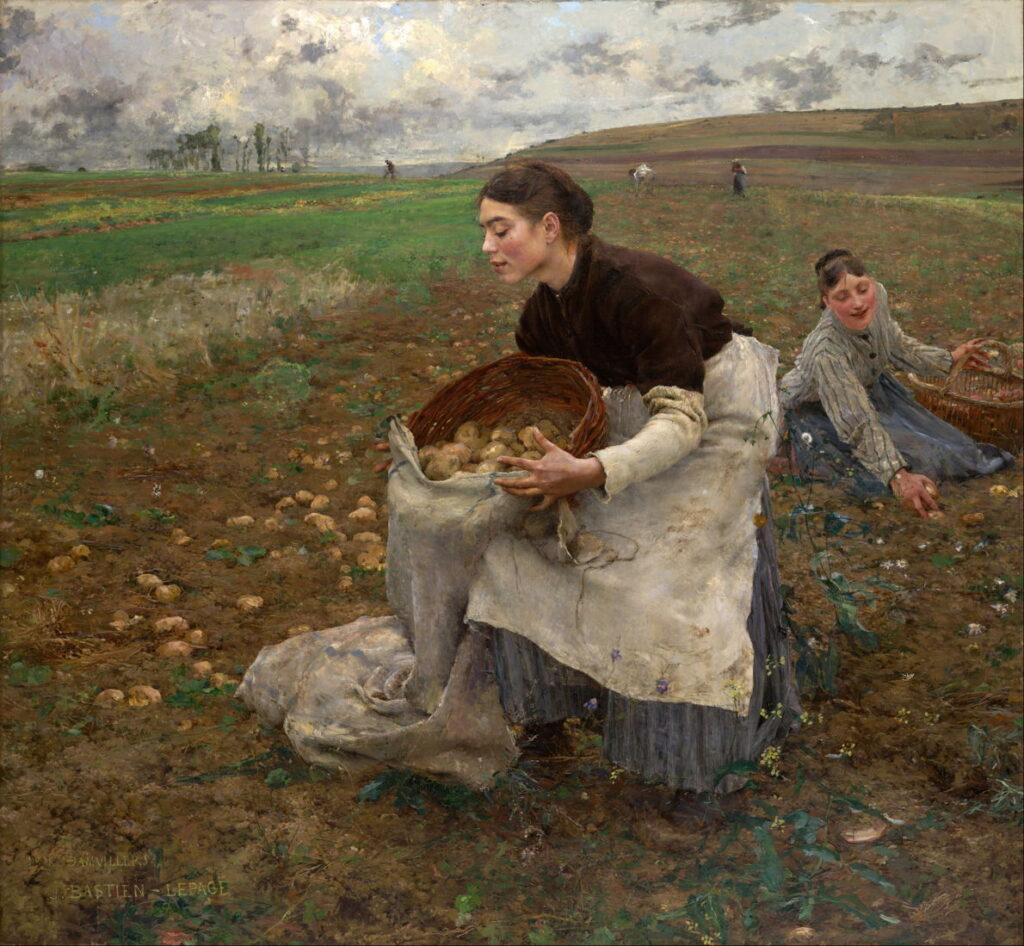
The British have been tending to their allotments for hundreds, if not thousands, of years, with research suggesting that agricultural land was consolidated into individually rented or owned fields as early as the 12th Century. In the Tudor age, this presented a more economical way of farming, leading to a significant rise in popularity.
Passage of the Enclosure Act in the 18th Century marked a major milestone in the history of allotment, leading to the fencing off of much common land across the United Kingdom. The legislation proved controversial, since the creation of these new enclosures effectively denied access to those who previously grew and grazed on these huge swathes of land.
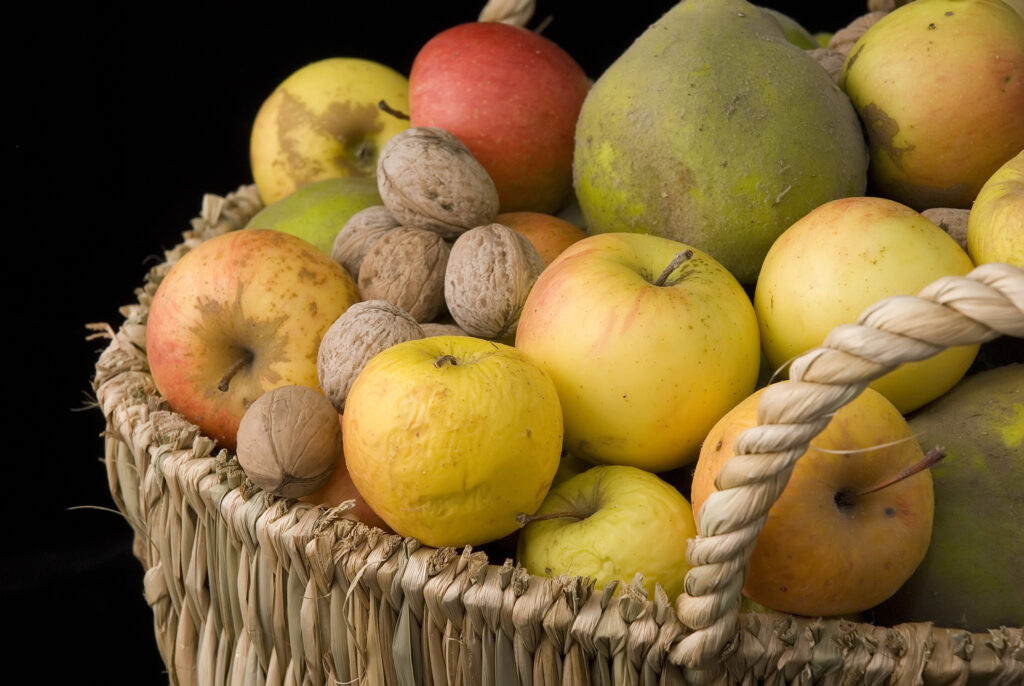
Across England, some 7 million acres of land was enclosed between 1670 and 1870. Landowners quickly came to realise the benefits of providing workers with their own plots of land on which to grow their own food. Nevertheless, estate owners were careful not to give them too much land for fear of workers’ new-found enthusiasm for growing impacting their productivity at work!
The Victorian age marked a period of rapid industrialisation. Many families migrated to the cities in search of work. However, the low incomes left many struggling to feed themselves. The Smallholdings and Allotments Act (1908) placed the onus on local authorities to provide a sufficient number of allotment plots to meet local demand. With a standard allotment covering 10 rods, the equivalent of 250 square meters, it was believed that one standard plot should provide sufficient growing space to feed one person for one year.

By 1914, there were between 450,000 and 600,000 allotments in the UK. Allotments came into their own during World War I. Facing severe food shortages, many families started growing their own fruit and vegetables. To ensure sufficient space was available, the British government gave local authorities the power to turn any derelict land into allotments. By 1917, there were more than 1.5 million allotments in England – the number having grown by an incredible 200% over the span of just three years – allotmenteers by now coming from all socioeconomic backgrounds, not just poor families.
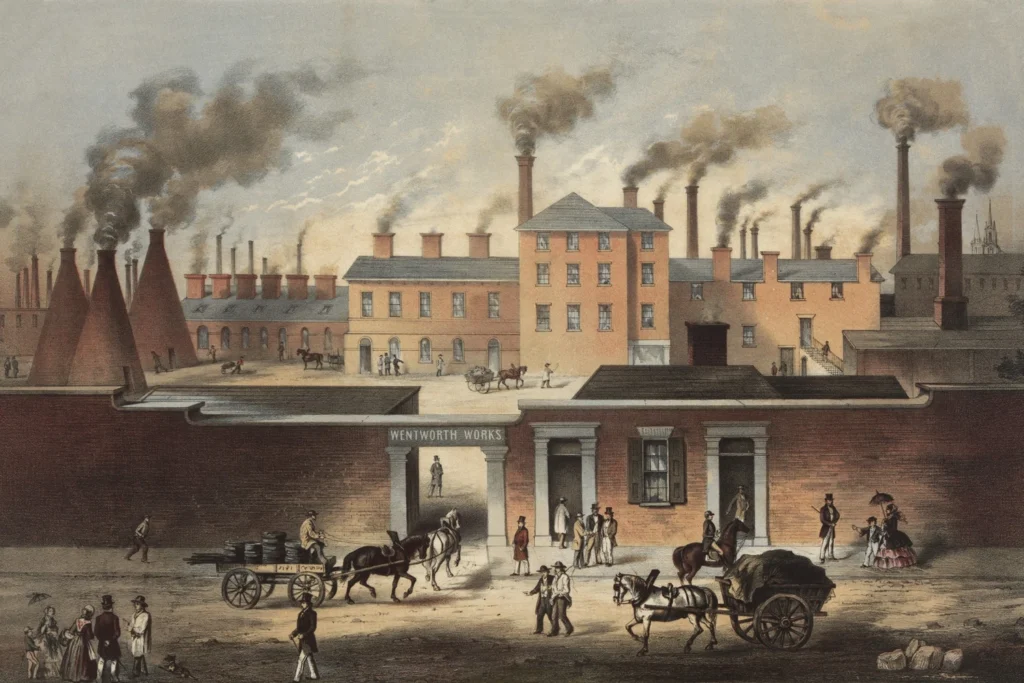
As food shortages eased, interest waned and some land was returned to its original use. However, the Allotments Act (1925) established a statutory requirement on local authorities to provide sufficient allotment land to meet the needs of constituents, prohibiting the selling-off of this land without ministerial consent. Although allotmenteers paid rent, costs were kept to a minimum, merely covering maintenance and water.
By 1939, the number of allotments in England had shrunk by almost half. This contraction proved to be extremely unfortunate given that World War II was about to cause significant disruptions to the UK’s food supply chain. With the UK relying on foreign imports for 75% of its food, shipments become an obvious target, prompting the government to impose rationing and implement strident measures with the goal of boosting domestic food production.
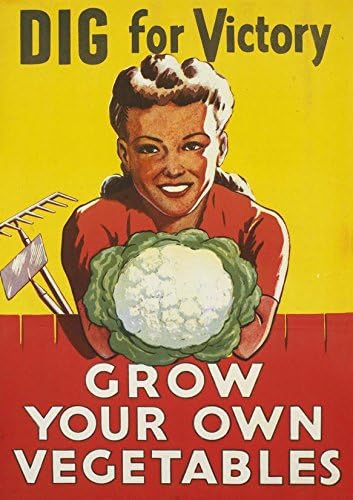
An iconic emblem of 1940s Britain, the Dig for Victory campaign has been hailed by historians as every bit as important as the rescue of British troops at Dunkirk and the D-Day landings. Indeed, Dig for Victory was a national effort that spanned the entire duration of the war, and arguably beyond. Although Britain was ultimately victorious, the country was left on its knees, much of its vital infrastructure obliterated. For six years, virtually all of the UK’s industrial efforts had been firmly fixed on one thing: producing arms. Although the country was still solvent, it lacked the funding necessary to resume food imports at pre-war levels. In addition, Germany was in a worse state still. Although The Allies won the war, they still had a responsibility to feed the people of Germany as well as their own. Rationing therefore continued long after the war, only ending in 1954.

By the 1970s, the UK was home to somewhere in the region of 500,000 allotment plots across. Although popular television programmes like The Good Life inspired something of a resurgence, the number has declined over the decades. Today, there are an estimated 330,000 allotment plots across the UK, potentially enabling 330,000 families to benefit from a year-round supply of delicious, nutritious produce. However, it is important to note that there are insufficient plots to meet demand in many areas, with an average national waiting time of around three years, according to the RHS.
Interest in allotmenteering is increasing once more as society becomes more environmentally aware and financially squeezed. Whether renting a full-size plot from your local authority or setting up a miniature allotment in pots on your balcony, growing your own enables you and your family to experience the magic of watching a tiny seed spring into life, growing up to provide delicious, seasonal food. By making your own compost and using recycled plant pots, this can be achieved at minimal cost, providing a plentiful supply of mouthwatering produce while simultaneously lowering waste, air miles, carbon emissions and grocery bills.
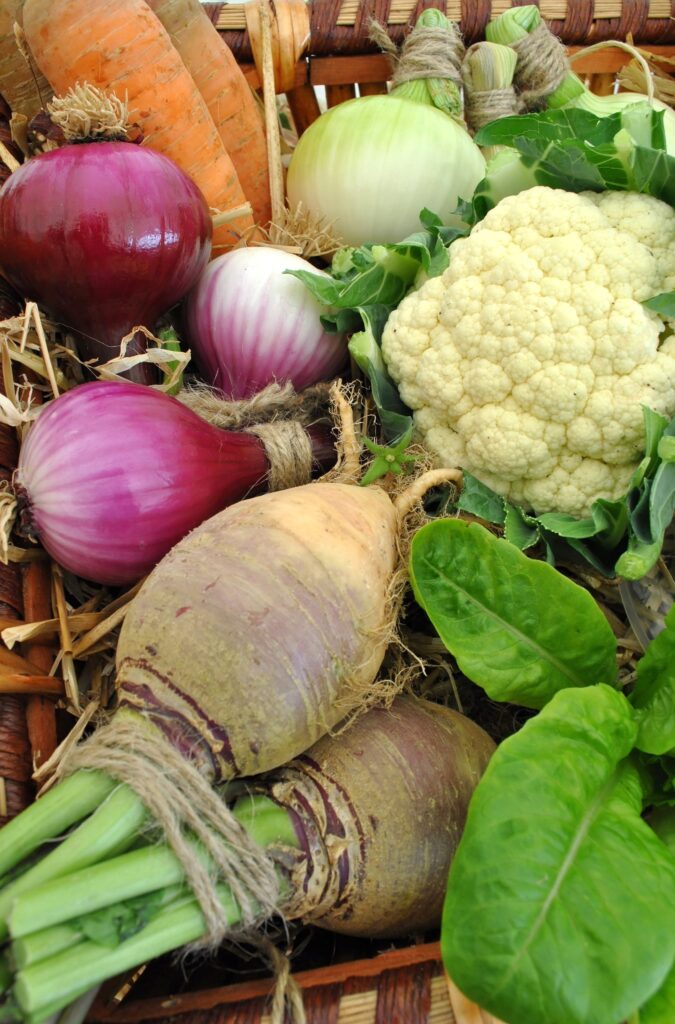

Leave a Reply